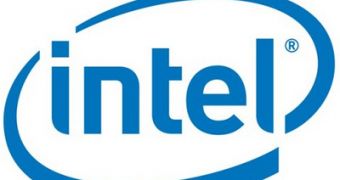Intel will soon release the Sandy Bridge series of central processing units and the company seems to be quite optimistic about its expected sales, but it appears that not all market watchers share this view.
Those keeping track of developments on the CPU market will know of the recent thoughts that J.P Morgan analyst Christopher Danely has on Intel's short-term future performance.
When said analyst stated that Intel will probably fail to reach its revenue guidance for the fourth quarter of 2010, and that later sales won't really jump as much as one may expect, it invoked the Sandy Bridge CPUs as one of the reasons.
As consumers know, the Santa Clara, California-based CPU giant has been praising its upcoming collection of chips with built-in graphics for months.
Said processors will have between two and four cores, at least at first, plus Hyper-Threading and the Turbo Boost dynamic overclocking technology.
They will also include a more powerful graphics processor than the existing Core series, one that will let system builders completely give up on low-end AMD/ATI or NVIDIA solutions.
All in all, Intel believes, or so it says, that it expects its CPU shipments to more or less skyrocket once the next-generation set of processors comes out.
This, however, is not an opinion shared by the aforementioned Christopher Danely, who believes that there will probably be no instant surge in PC sales because of the units.
“Although Intel seems to believe that its upcoming Sandy Bridge processor will drive demand, we cannot find evidence of delayed PC purchases for it. Sandy Bridge offers improved graphics [performance], but it appears to be evolutionary, not revolutionary,” he wrote.
“As a result, we expect normal seasonality for Intel in Q1 with revenue declining 9% [sequentially] from $11.1 billion in Q4 to $10.1 billion in Q1, below consensus of $10.7 billion," Danely added.
It should also be noted that the first quarter of each year is generally slower on sales than the other three, mostly because the end-user base is still 'recovering' after the holiday shopping season.

 14 DAY TRIAL //
14 DAY TRIAL //